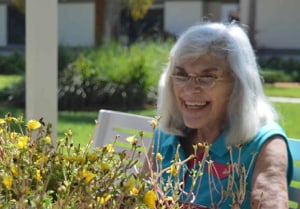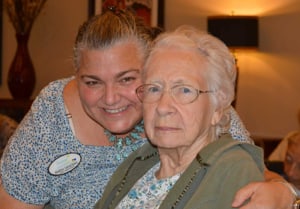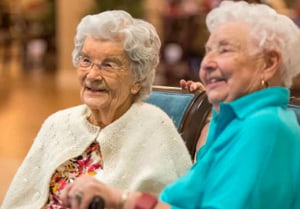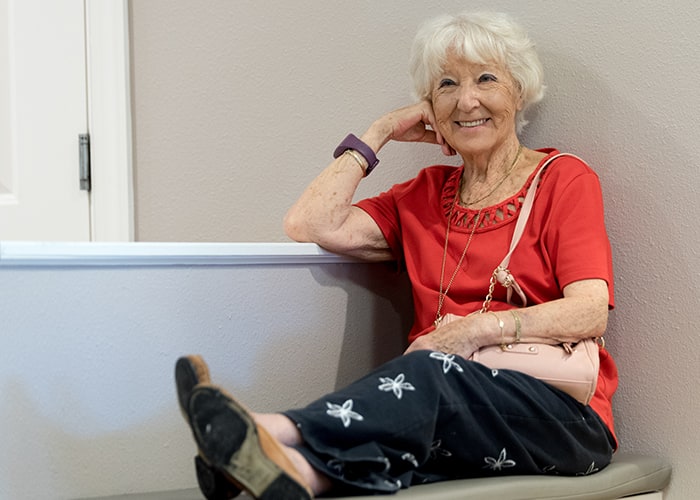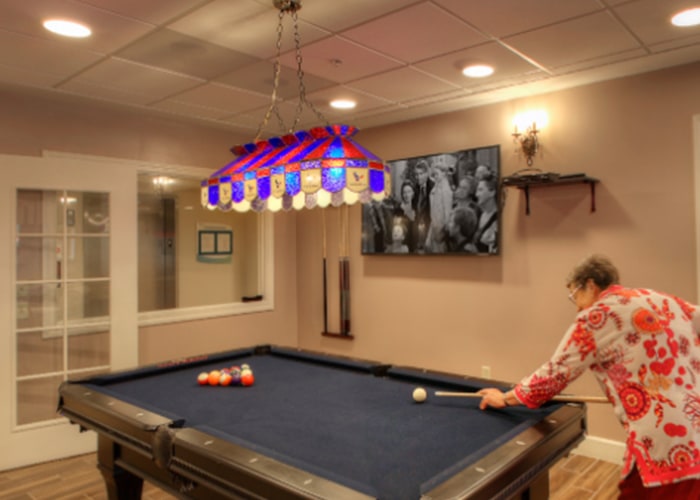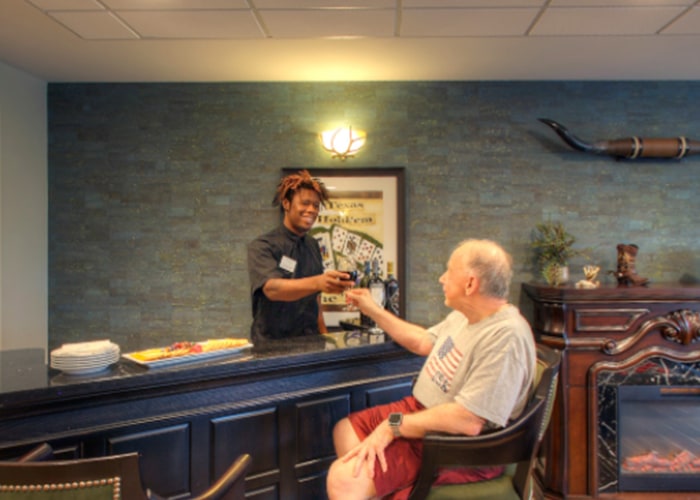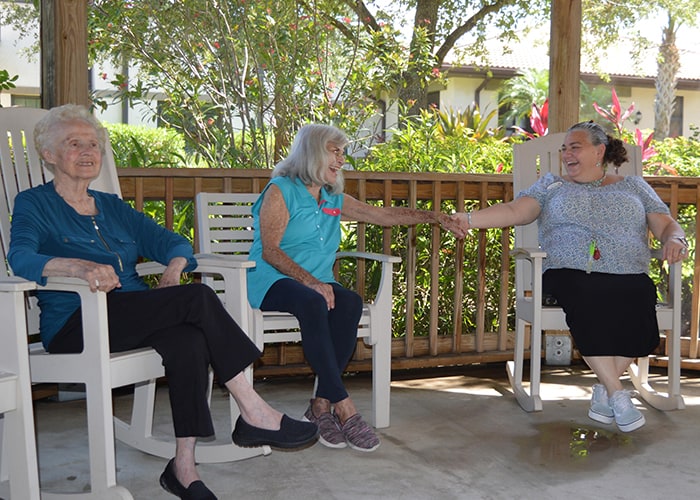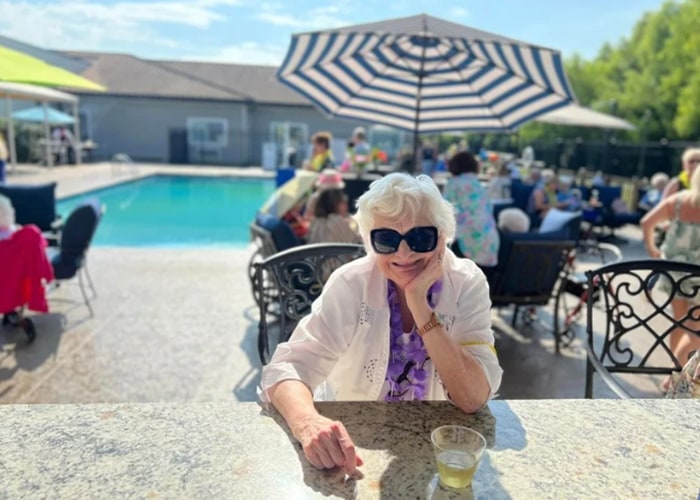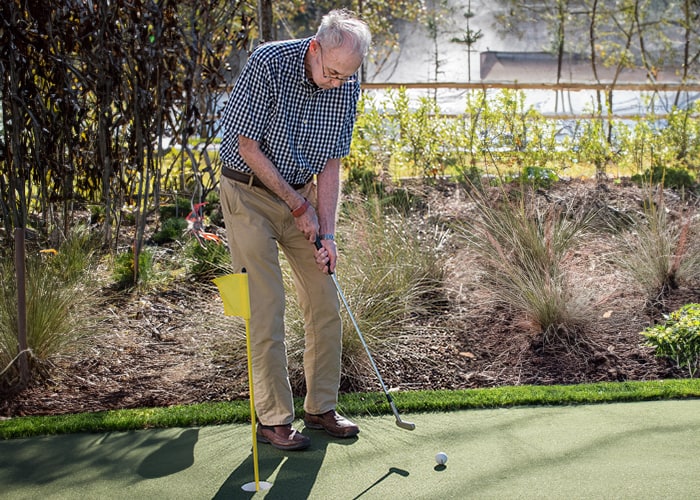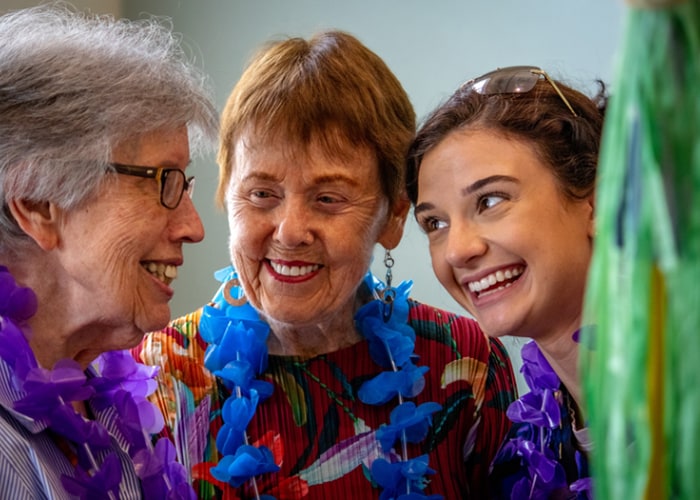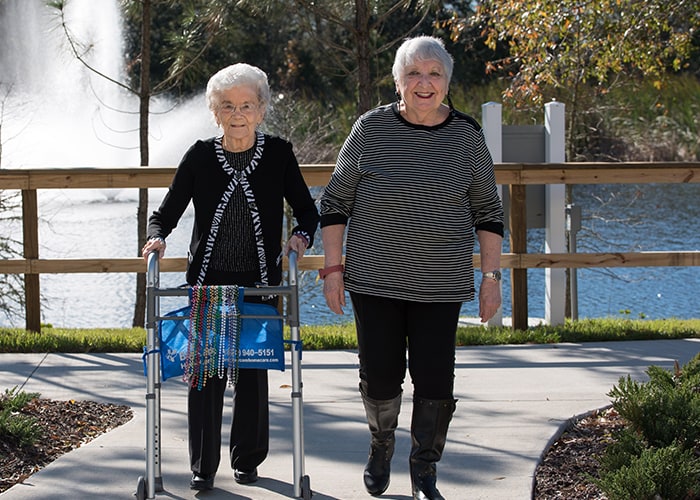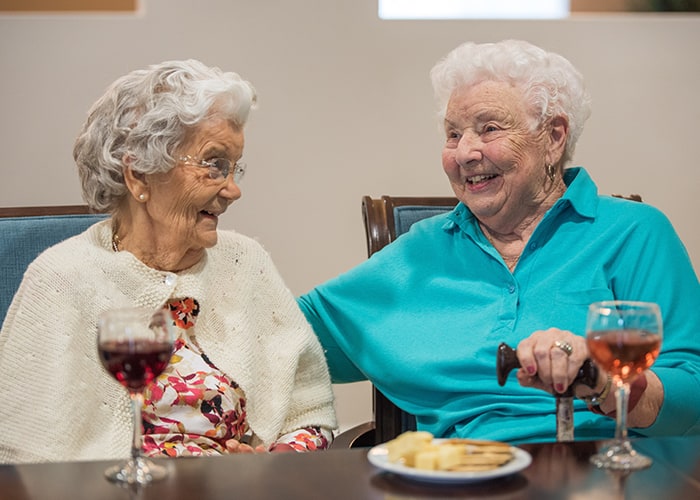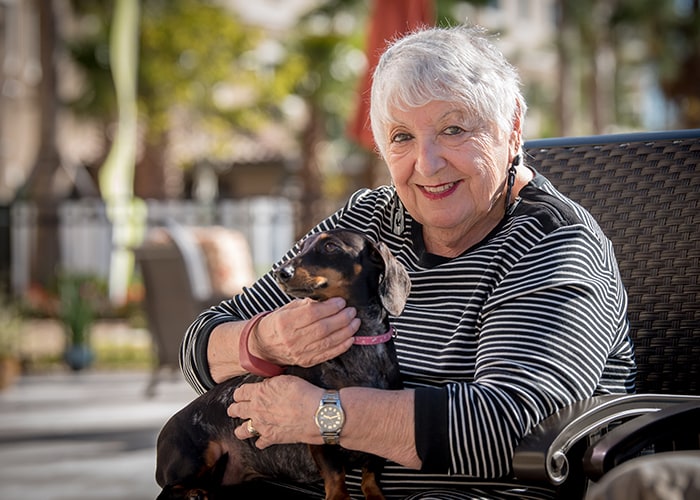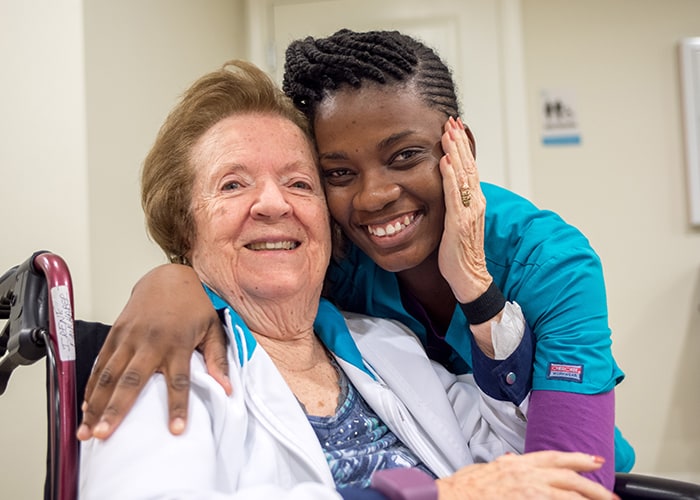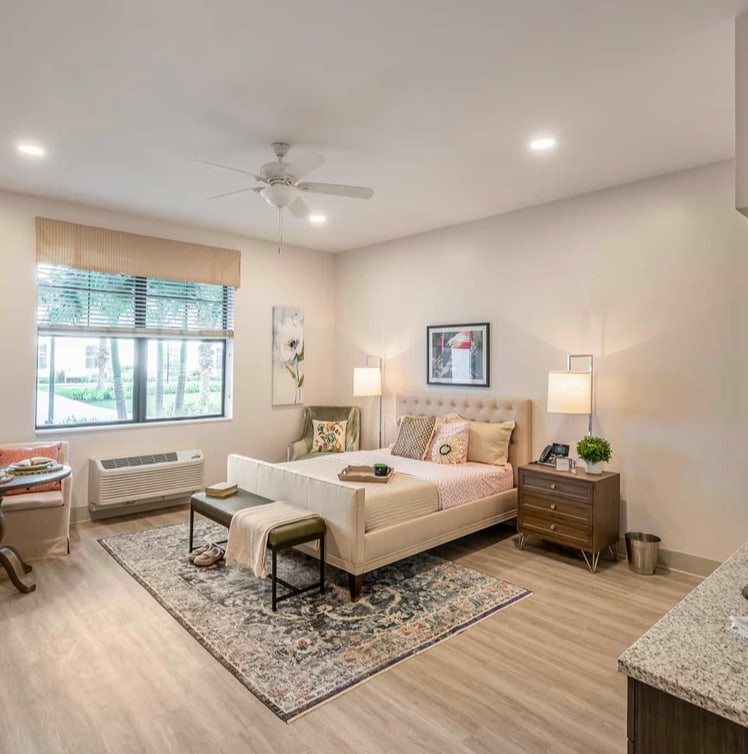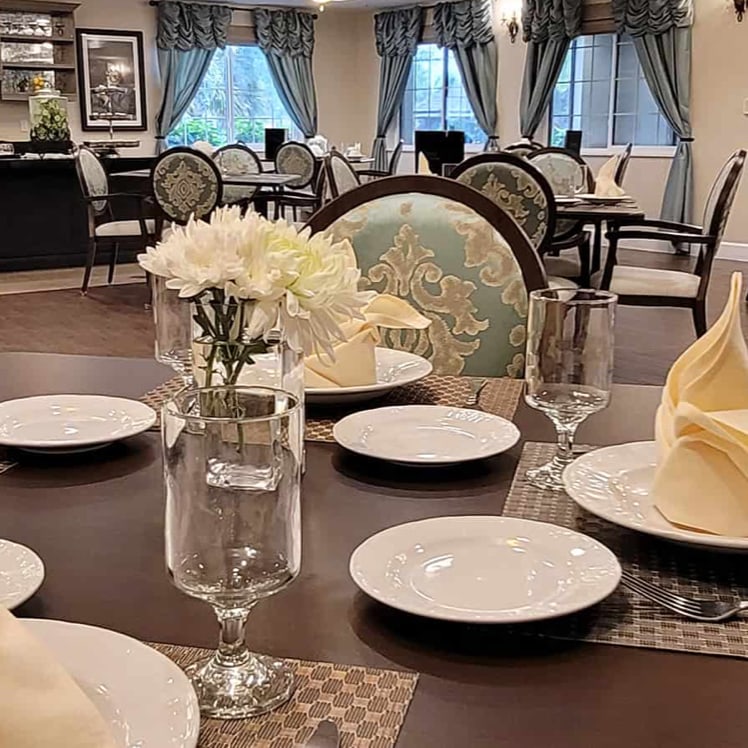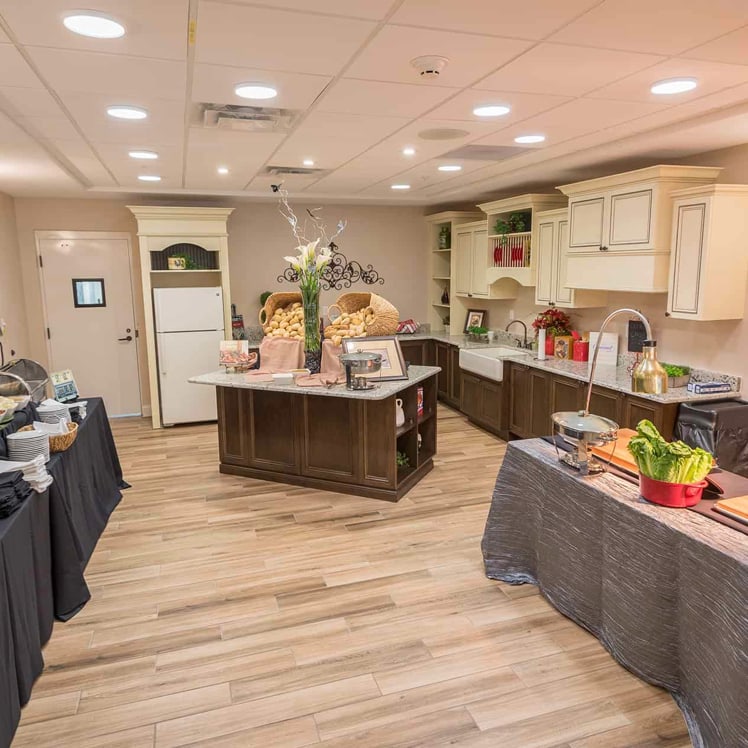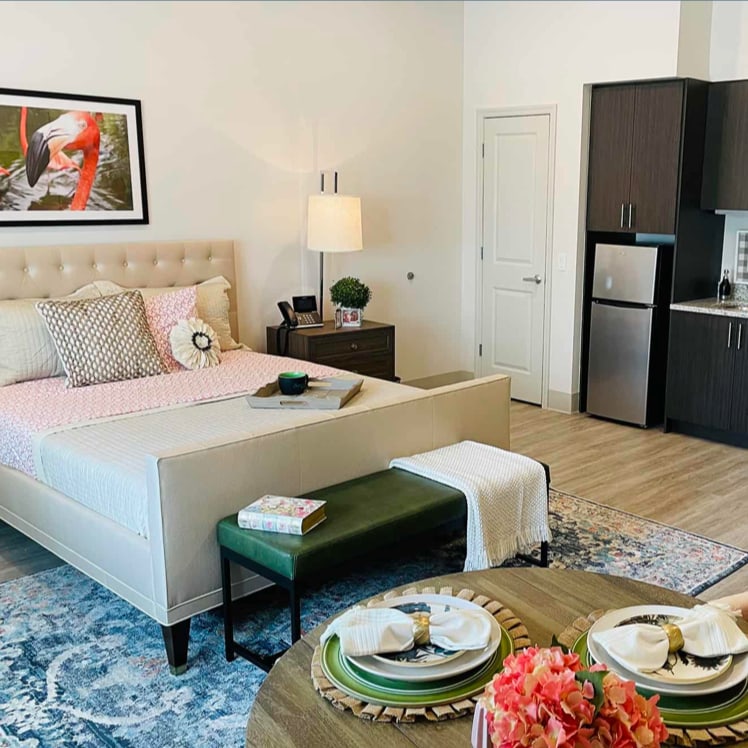Parkinson’s disease is a progressive neurological condition that affects movement and can lead to significant changes in daily life. Parkinon’s is considered a disability, and those with the condition may be eligible for financial support, specialized care, and other important accommodations.
While Parkinson’s disease presents challenges, it doesn’t define a person’s ability to live a fulfilling and meaningful life. With the right support, people with Parkinson’s can continue to engage in activities they love, maintain their social connections, and have new experiences. Discover how Inspired Living provides personalized care, enriching experiences, and an engaging community for older adults.
Understanding Parkinson’s Disease as a Disability
What is Parkinson’s?
Parkinson’s disease (PD) is a disorder of the central nervous system that primarily affects motor functions. It occurs when dopamine-producing neurons in the brain deteriorate, potentially leading to symptoms such as tremors, stiffness, slowness of movement, and impaired balance. While the exact cause of Parkinson’s is unknown, research links it to a combination of genetic and environmental factors. The condition is chronic and progressive, meaning symptoms gradually worsen over time.
Why is Parkinson’s a Disability?
Parkinson’s disease can make it more challenging for people to perform daily tasks. Those with advanced Parkinson’s can face difficulties walking, dressing, eating, and maintaining their independence.
The U.S. Social Security Administration (SSA) recognizes Parkinson’s as a disability. To qualify as having a Parkinson’s-based disability, individuals must demonstrate severe physical or mental impairment that limits their physical functioning for at least 12 months. Key symptoms like tremors, postural instability, or difficulties often fulfill these criteria.
For caregivers or those with a recognized Parkinson’s disability, meeting the disability requirements means access to necessary support systems, including legal protections under the Americans with Disabilities Act (ADA) and workplace accountability.
Resources & Support for Parkinson’s
Living with Parkinson’s can be challenging, but there are numerous resources available to help both patients and caregivers:
Social Security Disability Insurance (SSDI)
People living with Parkinson’s may qualify for SSDI benefits if they meet the SSA’s severity criteria. SSDI provides financial support to help manage medical expenses and daily necessities.
Medicare & Medicaid
For eligible individuals, Medicare and Medicaid can help offset healthcare costs, including doctor visits, medications, and physical therapy.
Parkinson’s-Focused Organizations
Organizations like the Parkinson’s Foundation and Michael J. Fox Foundation provide various resources, from educational materials to support groups and research opportunities. They also offer guidance on navigating life with Parkinson’s, including how to apply for disability benefits.
Caregiver Support
Being a caregiver for someone with Parkinson’s can be physically and emotionally taxing. Support groups, respite programs, and online forums can provide much-needed relief and advice to caregivers.
Parkinson’s Activities & Hobbies
Those living with Parkinson’s can still participate in activities that they love, such as the ones below:
Activities
- Tai Chi & Yoga: These gentle practices can improve balance, flexibility, and focus.
- Walking or light aerobics: Regular, low-impact exercises can boost mobility and heart health.
- Dancing: Dance-based exercises like Zumba Gold can help mobility and provide social interaction.
- Swimming: Water-based exercises reduce joint strain while improving strength and coordination.
Creative Hobbies
- Painting or drawing: Art can offer a therapeutic form of expression while improving motor skills.
- Music therapy: Playing an instrument, singing, or simply listening to music can help to uplift mood and stimulate the brain.
- Gardening: If accessible, gardening can provide physical activity and emotional satisfaction in nurturing plants.
- Writing or journaling: Keeping a journal or writing stories can help with memory and self-expression.
Cognitive Engagements
- Puzzles & Sudoku: These activities can challenge the mind and help maintain cognitive sharpness.
- Book clubs: Reading and discussing books can stimulate thought and help people feel part of a community.
- Technology-based games: Brain-training apps or digital puzzles are a good option for those comfortable using tablets or phones.
- Movie or games nights: Enjoying films or friendly competitions can create a fun and engaging social environment
Social Activities
- Group classes: Community centers or senior living communities often organize ceramics, cooking, or other classes that encourage older adults to learn and engage.
- Volunteering: Helping local charities or tutoring can provide a fulfilling sense of purpose.
- Virtual meetups: Online communities allow older adults to connect and share experiences without leaving their homes.
Relaxation Techniques
- Meditation & mindfulness: Practicing calm breathing and meditation can help manage stress and anxiety.
- Aromatherapy: Scents like lavender and eucalyptus are known to promote relaxation.
- Massage or Acupuncture: These alternative practices can alleviate muscle stiffness and improve circulation.
By participating in these activities, older adults living with Parkinson’s can experience physical, emption, and social benefits that contribute to their quality of life.
How Senior Living Communities Can Help
Senior living communities like Inspired Living create environments where people living with Parkinson’s disease can thrive. By offering supportive care, engaging activities, and meaningful community connections, we strive to improve the quality of life for our residents. If you or your loved one is considering a senior living community, we invite you to explore Inspired Living—book a tour today!



